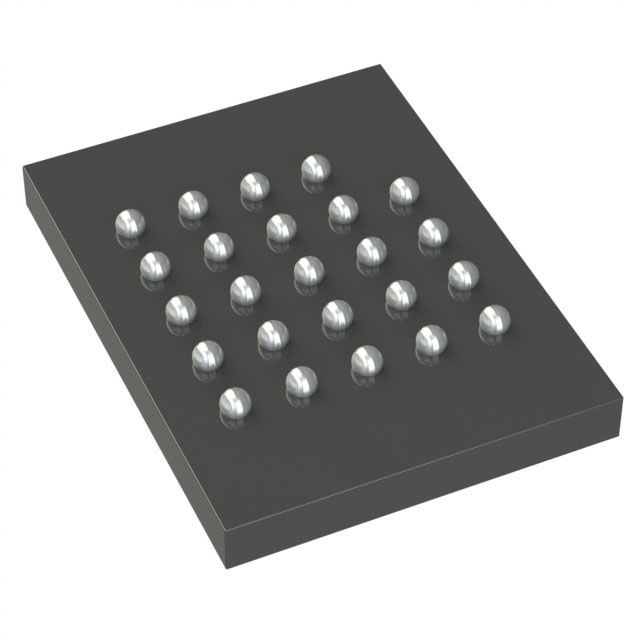• 3.0 V I/O, 11 bus signals
– Single ended clock
• 1.8 V I/O, 12 bus signals
– Differential clock (CK, CK#)
• Chip Select (CS#)
• 8-bit data bus (DQ[7:0])
• Read-write data strobe (RWDS)
– HYPERFLASH™ memories use RWDS only as a Read Data Strobe
• Up to 333-MBps sustained read throughput
• DDR: two data transfers per clock
• 166-MHz clock rate (333 MBps) at 1.8 V VCC
• 100-MHz clock rate (200 MBps) at 3.0 V VCC
• 96-ns initial random read access time
– Initial random access read latency: 5 to 16 clock cycles
• Sequential burst transactions
• Configurable burst characteristics
– Wrapped burst lengths:
• 16 bytes (8 clocks)
• 32 bytes (16 clocks)
• 64 bytes (32 clocks)
– Linear burst
– Hybrid option: one wrapped burst followed by linear burst
– Wrapped or linear burst type selected in each transaction
– Configurable output drive strength
• Low power modes
– Active clock stop during read: 12 mA, no wake-up required
– Standby: 25 µA (typical), no wake-up required
– Deep Power-Down: 8 µA (typical)
• 300 µs wake-up required
• INT# output to generate external interrupt
– Busy to Ready transition
– ECC detection
• RSTO# output to generate system level power-on reset
– User configurable RSTO# LOW period
• 512-byte program buffer
• Sector erase
– Uniform 256-KB sectors
– Optional eight 4-KB parameter sectors (32 KB total)
• Advanced sector protection
– Volatile and non-volatile protection methods for each sector
• Separate 1024-byte one-time program array
• Operating temperature
– Industrial (–40°C to +85°C)
– Industrial Plus (–40°C to +105°C)
– Extended (–40°C to +125°C)
– Automotive, AEC-Q100 grade 3 (–40°C to +85°C)
– Automotive, AEC-Q100 grade 2 (–40°C to +105°C)
– Automotive, AEC-Q100 grade 1 (–40°C to +125°C)
• ISO/TS16949 and AEC Q100 Certified
• Endurance
– 100,000 program/erase cycles
• Retention
– 20 year data retention
• Erase and program current
– Max peak < 100 mA
• Packaging options
– 24-ball FBGA
• Additional features
– ECC 1-bit correction, 2-bit detection
– CRC



